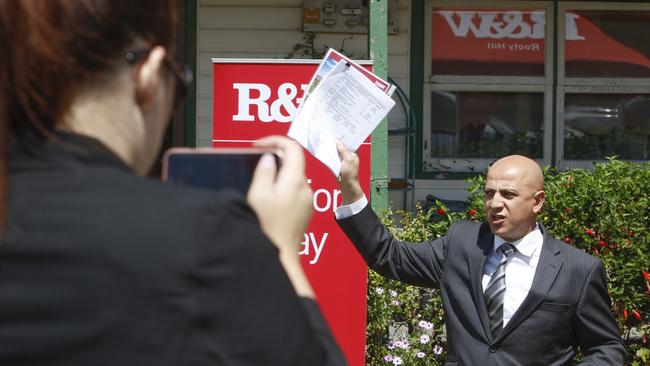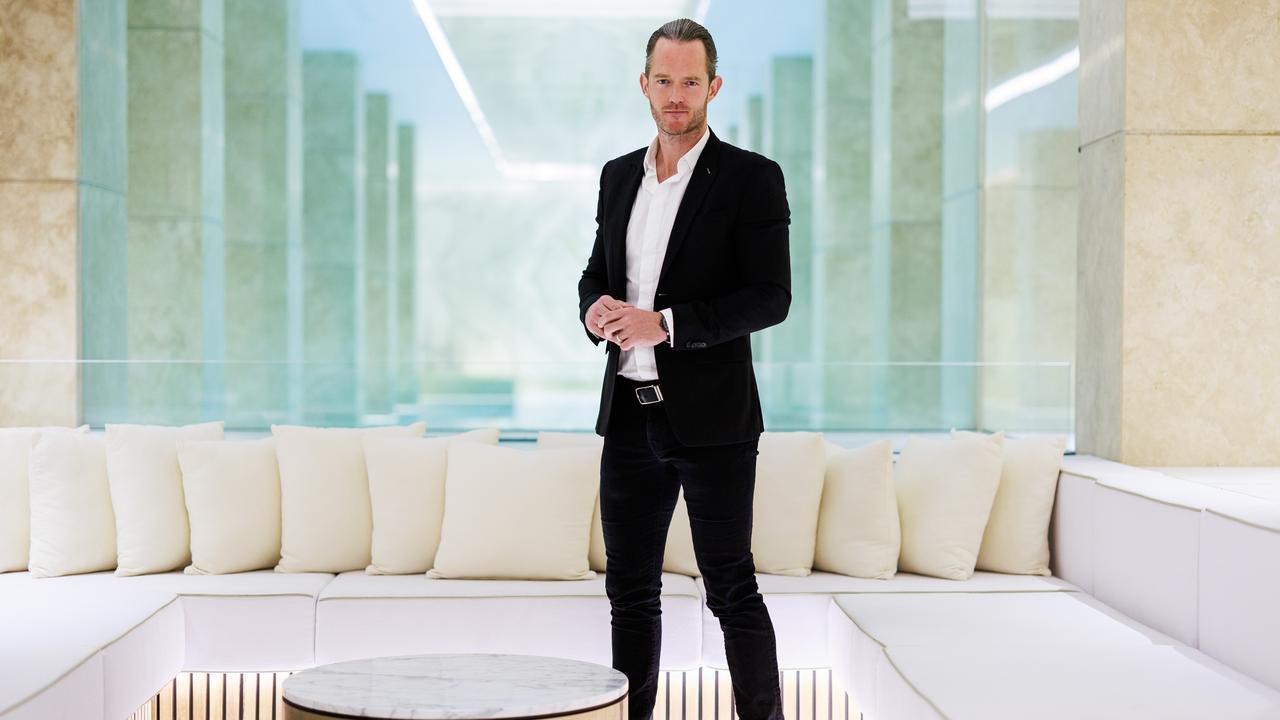Multiple-deal investors shrug off loan curbs
The number of investors who own multiple properties has been outpacing more modest property investment, the RBA says.

The number of investors who own multiple properties has been outpacing more modest property investment, with those who own five properties growing by 7.5 per cent in a single year, according to the Reserve Bank of Australia.
In its Financial Stability Review released yesterday, the RBA highlighted investor lending issues including owning multiple properties and the rise of older investors, particularly over 60s, as adding risk to the banking system and the broader economy.
Investor activity had been easing after a crackdown by the banking regulator, although Australian Bureau of Statistics figures released this week showed a rebound in investor lending for August.
After analysing Australian Taxation Office data, the RBA found 70 per cent of investors owned just one property, 20 per cent owned two properties and 10 per cent owned three or more.
Half of all investment properties were owned by those with multiple properties and multiple ownership has been outpacing investment in a single property.
The number of investors who owned five properties rose 7.5 per cent between 2013-14 and 2014-15, compared with an average growth of 4.5 per cent over the previous nine years, the bank found.
“Given the strong growth in investor housing credit and riskier types of borrowing over this period, investors with multiple properties likely contributed to higher risk,” the RBA said.
The bank also noted that over the 10 years to 2014-15, the proportion of investors 60 years or older almost doubled.
The bank noted that interest-only loans favoured by investors were more risky if housing prices fell, as the loan could end up being more than the value of the property.
While these and other factors could increase risk in the system, investors tended to have lower loan-to-value ratios, lowering the exposure of lenders, the RBA noted.
The RBA Stability Review comes as economists continue to forecast easing house prices after a five-year bull run in Sydney and Melbourne.
National Australia Bank has revised its house price forecasts, yesterday predicting an increase of 3.4 per cent nationally in 2018, down from 4.3 per cent, with prices slowing further to a 2.5 per cent rise in 2019.
Sydney’s runaway house prices would slow to 5.1 per cent growth this year and 3.7 per cent in 2018, while Melbourne would see an 8.6 per cent price rise this year and 5.5 per cent next year, the bank forecast.
NAB chief economist Alan Oster said deteriorating affordability, the rising supply of apartments, tighter credit conditions and rising interest rates in the second half of 2018 would dampen the market.
“But still relatively low mortgage rates, a favourable housing supply-demand balance and strong population growth should continue to provide support for prices going forward,” Mr Oster said.



To join the conversation, please log in. Don't have an account? Register
Join the conversation, you are commenting as Logout